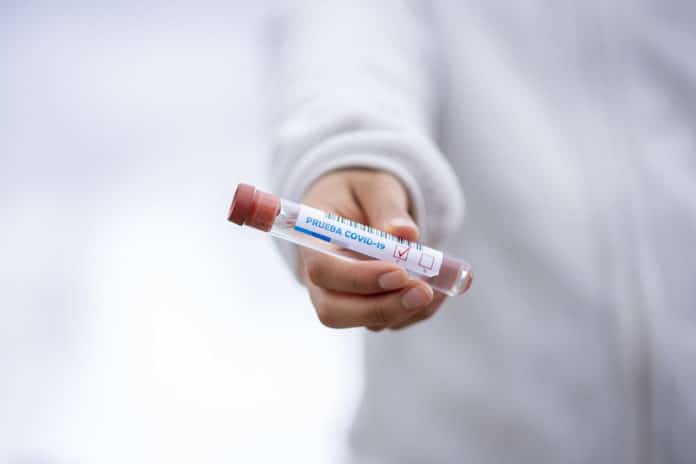Using CRISPR gene editing, scientists from Nanyang Technological University have developed a diagnostic test called VaNGuard (Variant Nucleotide Guard) to detect the SARS-CoV-2 virus even after it has gone through mutations.
There are thousands of variants of SARS-CoV-2, including some that have spread widely in the United Kingdom, South Africa, and Brazil.
The test can be used on crude patient samples in a clinical setting. There won’t be a need for RNA purification. An interesting characteristic is, it generates test results in 30 minutes.
As scientists reported, the VaNGuard test can be deployed in settings where quickly confirming the COVID-19 status of individuals is paramount.
NTU Associate Professor Tan Meng How said, “Viruses are very smart. They can mutate, edit, or shuffle their genetic material, meaning diagnostic tests may fail to catch them. Hence, we spent considerable effort developing a robust and sensitive test that can catch the viruses even when they change their genetic sequences. Besides, frequent testing is essential for helping to break the transmission of viruses within populations, so we have developed our tests to be rapid and affordable, making them deployable in resource-poor settings.”
How the test detects a virus?
The test mainly depends on a reaction mix containing enAsCas12a, a variant of the enzyme Cas12a that acts like a pair of “molecular scissors.” The enzyme enAsCas12a targets specific segments of the SARS-CoV-2 genetic material and snip them off from the rest of its viral genome.
The enzyme detects the virus when it successfully sniffs the virus’s segments. Two different molecules known as guide RNAs, which programmed the enzyme- play a vital role in recognizing specific sites on the SARS-CoV-2 genome.
Each guide RNA is computationally predicted to recognize over 99.5 percent of the thousands of SARS-CoV-2 isolates that have so far been sequenced worldwide.
Assoc Prof Tan explained: “Combining two or more guide RNAs with the enzyme enAsCas12a ensures that if one of the guide RNAs fails to guide it to the correct segment of the virus because of a mutation, the other guide RNA can still ‘rescue’ this mismatch.”
The VaNGuard test can recognize up to two mutations within the target sites on the SARS-CoV-2 genome.
When the virus is detected, the enzyme becomes hyper-activated and starts cutting other detectable genetic material. When it successfully cuts down the material, the enzyme starts glowing because of a microplate reader. This lab instrument can detect and quantify the light photons emitted by the molecule.
Assoc Prof Tan, who is also from the Genome Institute of Singapore at the Agency for Science, Technology, and Research, Singapore (A*STAR), explained: “If the virus is present, the molecule will glow. If not, it means the virus is not present to cause the hyper-activation of the molecular scissors.”
To make this test easier to use, scientists integrated it into a specially treated paper strip that looks similar to a pregnancy test. The paper strip is dipped into a tube containing the crude nasopharyngeal sample and the reaction mix. In the presence of a SARS-CoV-2 virus or its variant, two strong bands will appear on the paper strip. In the absence of the virus, only one band will appear.
By synthesizing RNA samples, scientists were able to validate the VaNGuard test’s ability.
Journal Reference:
- Ooi, K.H. et al. An engineered CRISPR-Cas12a variant and DNA-RNA hybrid guides enable robust and rapid COVID-19 testing. Nat Commun 12, 1739 (2021). DOI: 10.1038/s41467-021-21996-6
